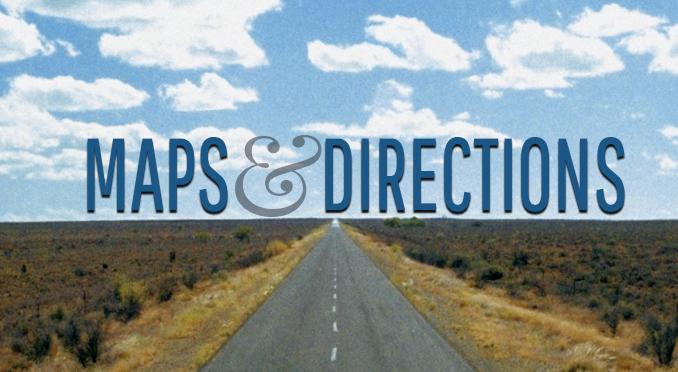Unveiling of Tombstone
The erecting of a tombstone gives honor to the body that housed the soul. No tombstone is placed at the time of burial. Rather, it is the Jewish custom to erect the stone at a later date. Some do it right after the shiva, while others wait until sometime within the year.
Recently the ceremony – called Hakamat Matzeivah (raising up the stone) – has been referred to as an "unveiling." Those close to the family are invited to the gravesite where the mourners unveil the stone covered by a cloth.
The ceremony is usually short. Psalms are recited, and people often share thoughts about the deceased. Some of the following ideas could be shared at an unveiling ceremony.
The Hebrew word for stone is tzur. This word is also used to refer to God. At this time, we remind ourselves that God is our rock, our strength, and support. He is our one constant, always there to comfort us at our darkest times.
A stone is also symbolic of eternity, like the cornerstone of a building, placed to last for all time. And what is eternal about our loved ones? It is their lasting qualities that we can still rely upon. Our loved ones live on because they affected us on the deepest of levels. We erect stones and remember what they erected in their lifetimes – their deeds, their character. They will never be forgotten.
A person is created B'tzelem Elokim, in the image of God. This is not a physical image, but an image that is internal and ultimately eternal: a person's soul.




